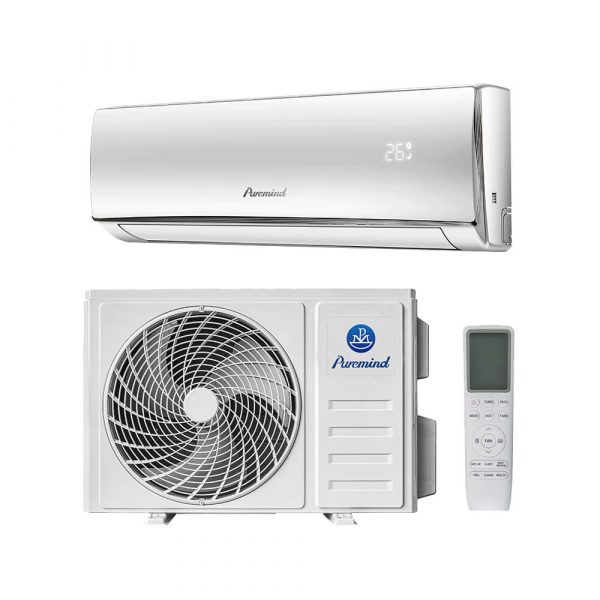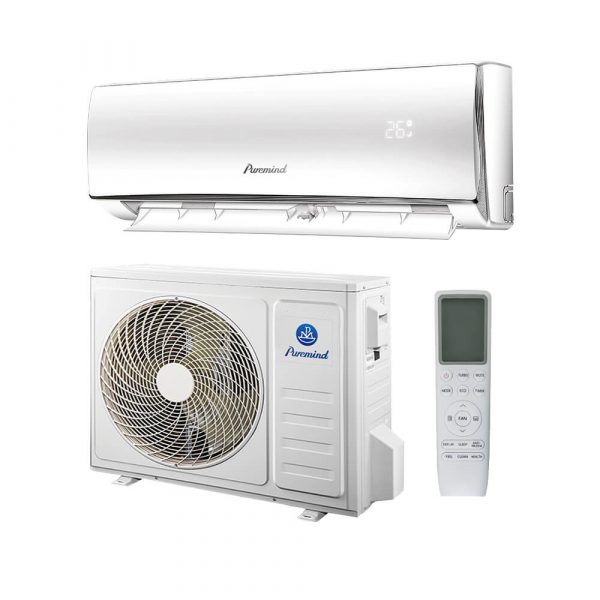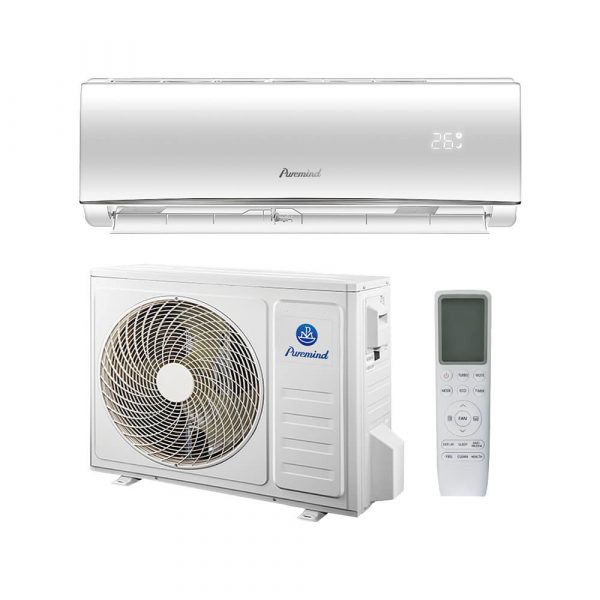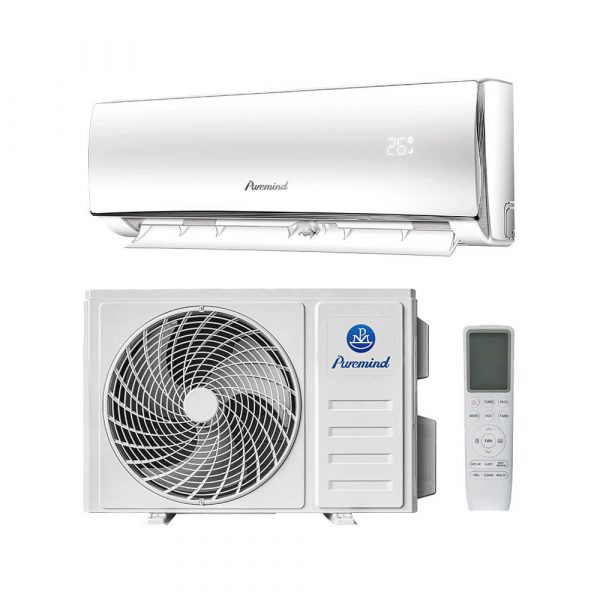What a Typical Residential Split System Air Conditioner Consists Of: A Complete B2B Overview
As HVAC systems become increasingly energy-efficient and user-friendly, split system air conditioners continue to dominate the residential cooling sector. Understanding the key components is essential for B2B buyers—such as contractors, property developers, and facility managers—who need to evaluate, specify, or maintain these systems.
So, a typical residential split system air conditioner consists of an outdoor unit, an indoor unit, and connecting infrastructure that work together to deliver reliable, ductless comfort. This article breaks down each component and explains how they operate as part of a complete residential HVAC solution.
1. Outdoor Unit (Condenser + Compressor)
The outdoor unit is the heart of the split system and is typically installed on the exterior wall or ground-mounted near the home. It contains:
- Compressor: Pressurizes and circulates the refrigerant between the indoor and outdoor coils.
- Condenser Coil: Releases absorbed heat into the external environment.
- Fan: Helps dissipate heat by pulling air through the coil.
- Expansion Valve (in some systems): May be housed in the outdoor unit to regulate refrigerant flow.
This unit is responsible for heat exchange and refrigerant pressurization, making it crucial for both cooling and (if applicable) heating in reverse-cycle systems.
2. Indoor Unit (Evaporator + Air Handler)
The indoor unit is wall-, ceiling-, or floor-mounted within the home, designed for airflow distribution. It includes:
- Evaporator Coil: Absorbs heat from the room’s air using refrigerant.
- Blower Fan: Circulates cooled (or heated) air into the room.
- Filter System: Traps dust, allergens, and particulates to improve air quality.
- Thermostat Sensor: Communicates with the control board to maintain set temperatures.
Indoor units in residential systems are generally compact and designed for low-noise operation, often ranging between 19–30 dB.
3. Refrigerant Lines (Copper Tubing)
The indoor and outdoor units are connected by insulated copper refrigerant lines that allow the transfer of refrigerant in gas and liquid states. A typical line set includes:
- Suction Line: Returns vaporized refrigerant to the compressor.
- Liquid Line: Sends high-pressure liquid refrigerant to the indoor unit.
These lines are critical to the operation of the refrigeration cycle and must be sized and installed according to manufacturer specifications to ensure efficiency and performance.
4. Electrical Wiring and Communication Cable
A power supply line connects the outdoor unit to the home’s electrical panel, while a communication cable links the two units for synchronized operation. These cables are responsible for:
- Providing power to the indoor unit (in many mini-split designs).
- Transmitting signals between the indoor thermostat and the outdoor controller.
Proper grounding, surge protection, and breaker sizing are essential for long-term reliability and safety.
5. Condensate Drain Line
As the indoor unit dehumidifies the air, condensation collects on the evaporator coil and is funneled away via the condensate drain line. It must be:
- Installed with a downward slope to ensure gravity-based drainage.
- Connected to an appropriate termination point (e.g., exterior wall, pump, or plumbing trap).
- Equipped with a float switch in some systems to prevent overflow and shut down the unit if clogged.
6. Remote Control or Thermostat
Most split systems include a remote control with digital display or wall-mounted thermostat. These interfaces allow users to:
- Adjust temperature settings.
- Set timers and schedules.
- Control modes: cooling, heating, fan-only, or dehumidification.
- Enable smart integrations (in Wi-Fi models).
For commercial or smart-home applications, some systems can also integrate with voice assistants, building management systems (BMS), or mobile apps.
How the Components Work Together
Here’s a simplified process of how a residential split system operates:
- Warm indoor air is drawn into the indoor unit and passes over the evaporator coil.
- The refrigerant absorbs the heat and vaporizes, then travels to the outdoor unit.
- In the outdoor condenser, heat is released and the refrigerant is condensed back into liquid form.
- The liquid refrigerant returns to the indoor unit, repeating the cycle until the room reaches the desired temperature.
Benefits of Split System ACs in Residential Settings
- Energy Efficiency: Inverter-driven systems adjust capacity in real-time for reduced energy usage.
- Zoned Comfort: Control temperature in specific rooms without affecting the entire house.
- Low Noise: Indoor operation is nearly silent—ideal for bedrooms, home offices, and living rooms.
- Space-Saving: Wall- or ceiling-mounted units eliminate the need for ductwork.
Commercial Relevance and B2B Use Cases
While designed for residential spaces, these systems are increasingly used in light commercial applications such as:
- Rental units or Airbnb properties
- Medical consultation rooms
- Studio offices or creative spaces
- Modular workspaces and prefab structures
Where to Source Quality Split System Air Conditioners
Interested in specifying or sourcing split systems for residential or light commercial use? Visit:
Puremind Split Air Conditioner Collection
We offer a range of energy-efficient, inverter-equipped models with support for B2B customers, including developers, property managers, and HVAC installers.
Conclusion
A typical residential split system air conditioner consists of an outdoor compressor, an indoor evaporator, refrigerant lines, control systems, and drainage—all working in unison to provide comfortable, quiet, and efficient climate control. Whether you’re outfitting a new home or integrating HVAC into a light commercial project, understanding these components helps you select, install, and maintain the ideal system for your needs.
To learn more or request a consultation, explore the full product range at Puremind Commercial & Residential HVAC Solutions.







